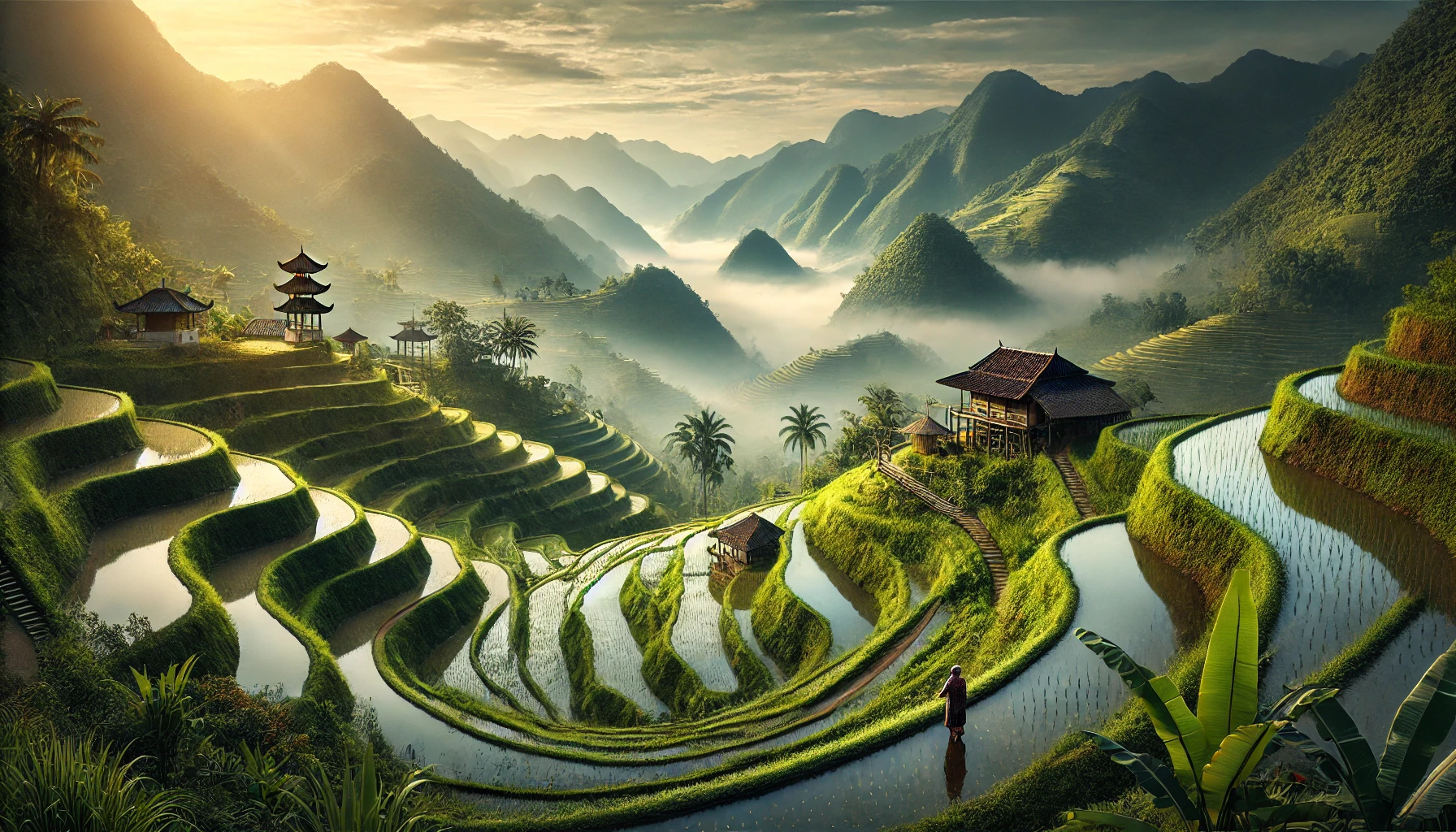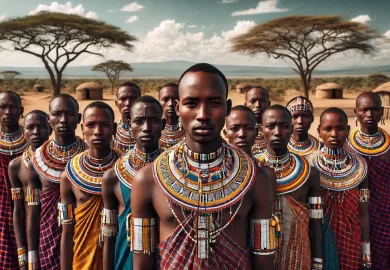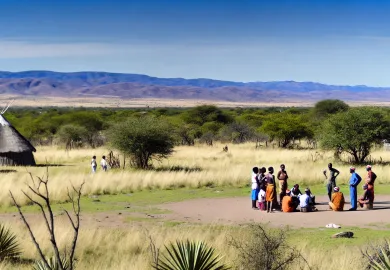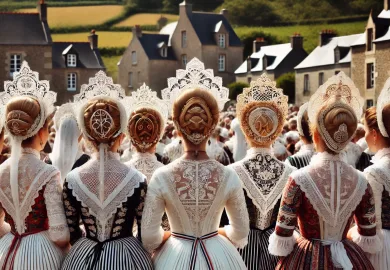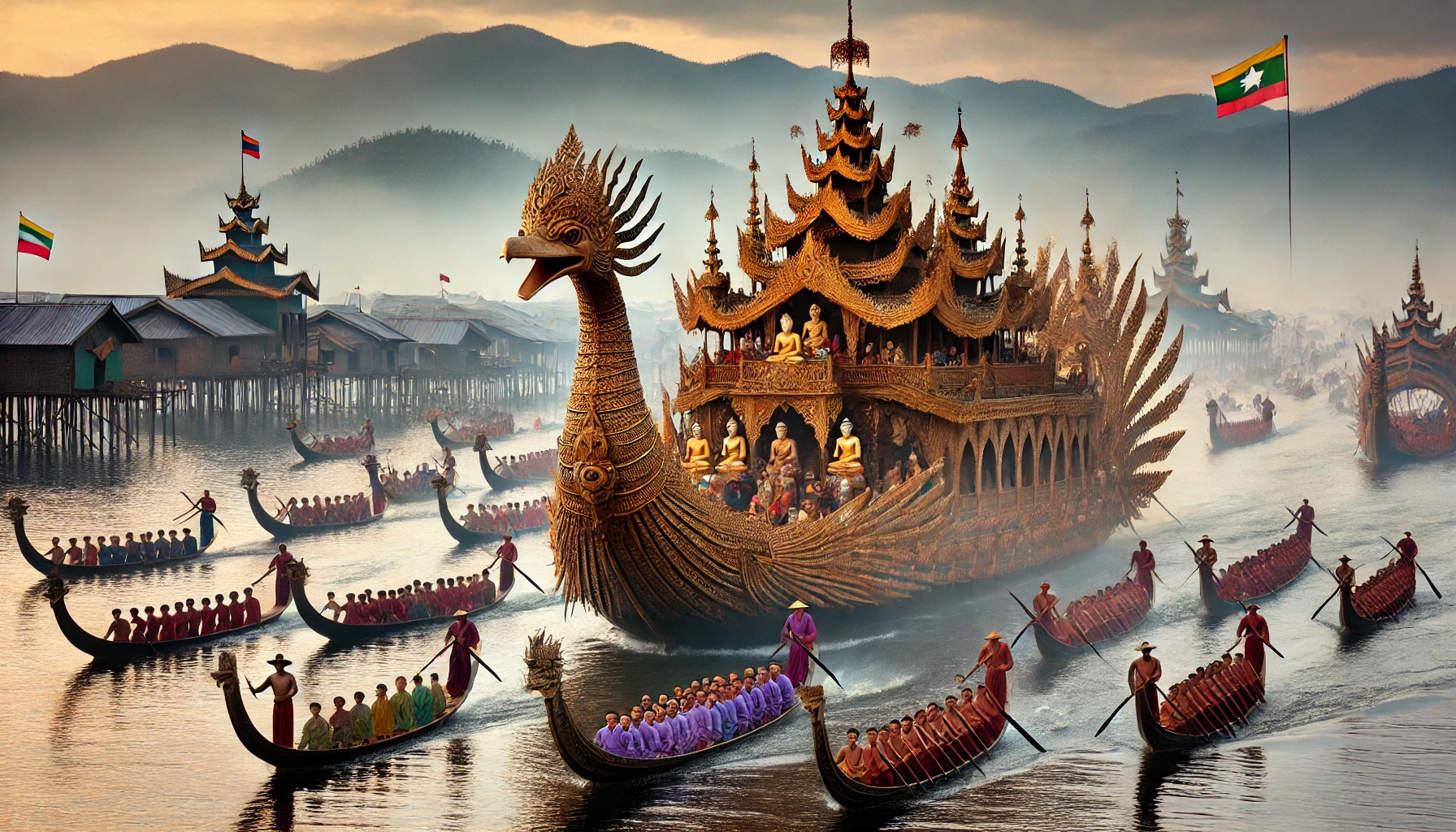
Disclaimer: This content was generated using AI. While I strive for accuracy, I encourage readers to verify important information. I use AI-generated content to increase efficiencies and to provide certain insights, but it may not reflect human expertise or opinions.
The Phaung Daw U Festival is one of Myanmar’s most revered and vibrant cultural celebrations, drawing thousands of pilgrims and tourists alike to the serene waters of Lake Inle. Nestled in the Shan State, Lake Inle is renowned for its floating villages, stilt houses, and unique leg-rowing fishermen. However, during the Phaung Daw U Festival, the lake transforms into a spiritual and cultural hub, showcasing the deep-rooted traditions and religious fervor of the local Intha people. This annual event, centered around the revered Phaung Daw U Pagoda, offers a mesmerizing blend of religious rituals, traditional boat races, and communal festivities that are a testament to Myanmar’s rich cultural heritage.
The Significance of the Phaung Daw U Festival
The Phaung Daw U Festival is more than just a spectacle; it is a deeply spiritual event that holds immense significance for the local community. The festival is named after the Phaung Daw U Pagoda, one of the most sacred Buddhist sites in Myanmar, which houses five small gilded Buddha images. These images are the focal point of the festival, as they are believed to bestow blessings and protection upon the people and their homes.
Each year, during the festival, four of these revered Buddha images are placed on a grand, elaborately decorated royal barge, which is designed to resemble a mythical bird called Karaweik. This barge is then ceremoniously towed around the lake, stopping at various villages to allow the local residents to pay their respects and make offerings. The procession is a deeply spiritual experience, as the presence of the Buddha images is thought to bring peace, prosperity, and good fortune to the entire region.
The festival’s origins are steeped in legend, with stories of miraculous events and divine interventions that have been passed down through generations. It is said that the Phaung Daw U Pagoda itself was established by King Alaungsithu of Bagan in the 12th century, after he received the Buddha images as gifts. Over the centuries, the festival has grown in significance, becoming a vital part of the cultural identity of the Intha people and the wider Burmese community.
The Procession of the Royal Barge
One of the most captivating aspects of the Phaung Daw U Festival is the grand procession of the royal barge across the tranquil waters of Lake Inle. The sight of the intricately designed Karaweik barge, adorned with gold and colorful decorations, gliding gracefully through the misty morning lake, is a sight to behold. The procession, which lasts for several days, is a carefully orchestrated event that requires meticulous planning and coordination.
The barge is towed by traditional longboats manned by dozens of oarsmen, who row in perfect unison, demonstrating the skill and harmony that the Intha people are famous for. These longboats are often accompanied by smaller boats carrying musicians playing traditional instruments, adding a festive atmosphere to the solemn procession. The rhythmic beating of drums, the melodic sounds of flutes, and the chanting of prayers create an enchanting ambiance that resonates across the lake.
As the procession makes its way from village to village, locals gather along the shores, dressed in their finest attire, to offer flowers, food, and other offerings to the Buddha images. Each stop is marked by a series of religious ceremonies and rituals, where monks and devotees chant prayers, recite scriptures, and meditate. These ceremonies are believed to purify the mind and spirit, and the blessings received during the festival are thought to bring protection and prosperity for the year ahead.
Traditional Boat Races: A Test of Skill and Unity
In addition to the religious ceremonies and the procession of the royal barge, the Phaung Daw U Festival is also famous for its thrilling traditional boat races. These races are a highlight of the festival, showcasing the unique rowing technique of the Intha people, who row standing up with one leg wrapped around the oar. This distinctive style, developed over generations, allows the rowers to navigate the shallow waters of Lake Inle with great speed and agility.
The boat races are a competitive yet friendly affair, with teams representing various villages around the lake. The races are held in different categories, with teams of men, women, and even monks participating. The boats used in these races are long and narrow, requiring perfect coordination and teamwork to maneuver effectively. The sight of dozens of boats racing side by side, their rowers moving in perfect harmony, is a thrilling spectacle that draws large crowds of spectators.
For the Intha people, the boat races are not just about winning; they are a celebration of their culture, identity, and the spirit of unity. The races foster a sense of camaraderie and community among the participants, as they work together to achieve a common goal. The preparation for the races begins weeks in advance, with teams practicing daily to hone their skills and build their stamina. On the day of the race, the air is filled with excitement and anticipation, as spectators cheer on their favorite teams, and the winners are celebrated with great pride.
The Cultural and Spiritual Impact of the Festival
The Phaung Daw U Festival is not only a religious and cultural event but also a time of social gathering and communal bonding. For the Intha people and the wider Burmese community, the festival is an opportunity to reconnect with their cultural roots, celebrate their shared heritage, and renew their spiritual commitment. It is a time when families and friends come together, sharing meals, stories, and experiences, and strengthening the bonds that hold their community together.
The festival also plays a vital role in preserving and promoting the traditional arts and crafts of the region. During the festival, local artisans showcase their skills in weaving, pottery, and other crafts, creating beautiful handmade products that are sold at the various markets set up around the lake. These markets are bustling with activity, offering visitors a chance to purchase unique souvenirs and experience the vibrant culture of the Intha people.
Moreover, the Phaung Daw U Festival has a significant impact on the local economy, as it attracts thousands of visitors, both domestic and international, to the region. The influx of tourists provides a boost to the local businesses, including hotels, restaurants, and transportation services, contributing to the overall development of the area. The festival also offers an opportunity for cultural exchange, as visitors from different parts of the world come to witness and participate in the celebrations, fostering a greater understanding and appreciation of Myanmar’s rich cultural heritage.
In conclusion, the Phaung Daw U Festival on Lake Inle is a captivating celebration that embodies the spiritual, cultural, and social essence of the Burmese people. It is a festival that transcends religious boundaries, bringing together people from all walks of life in a shared expression of faith, unity, and joy. Whether you are a devout Buddhist seeking spiritual blessings, a cultural enthusiast eager to experience traditional Burmese customs, or a traveler looking for a unique and unforgettable adventure, the Phaung Daw U Festival offers an experience that will leave a lasting impression on your heart and soul.

